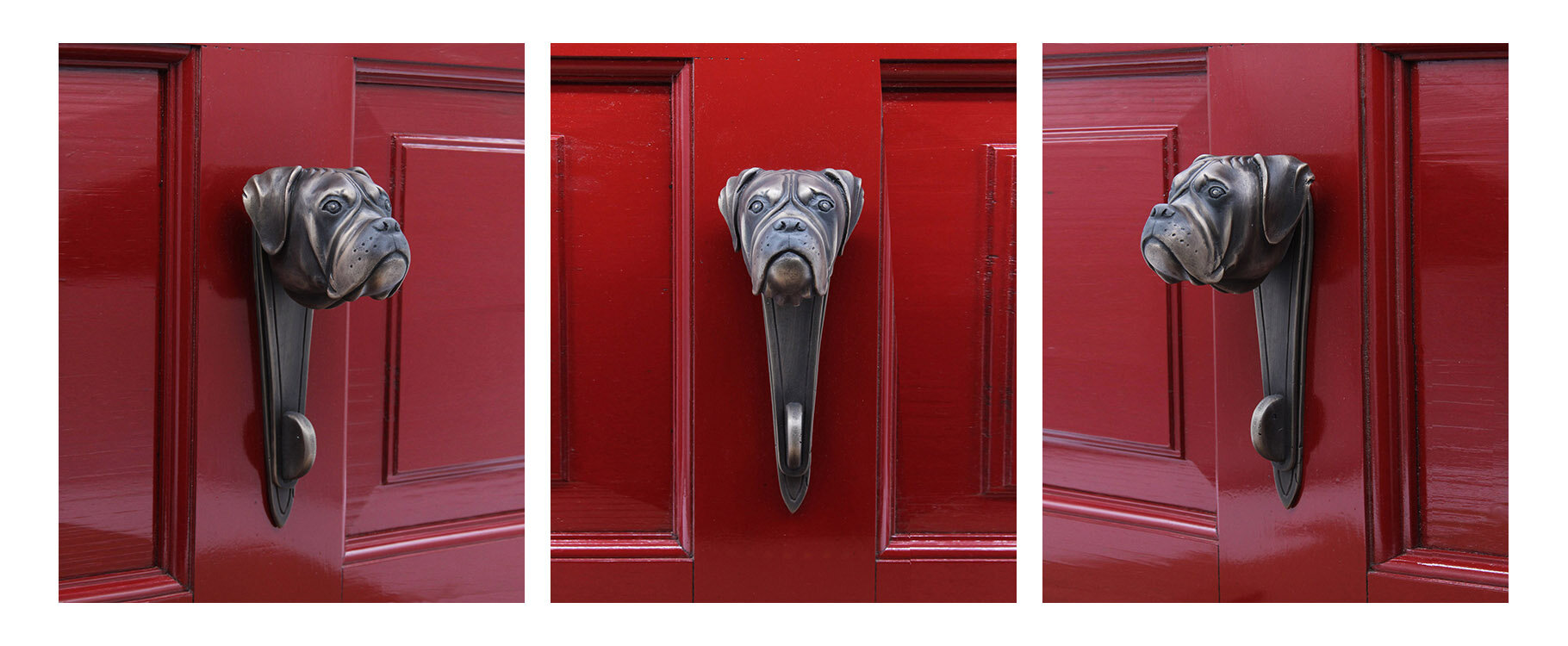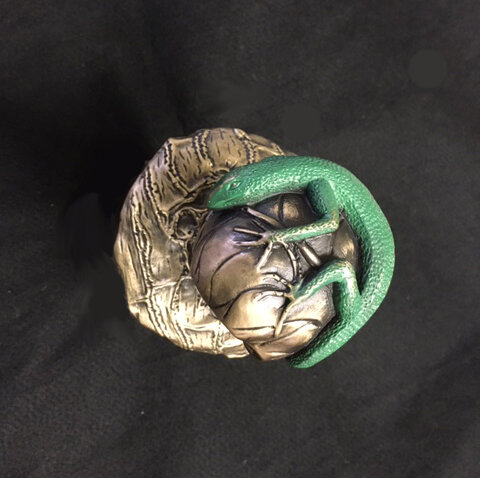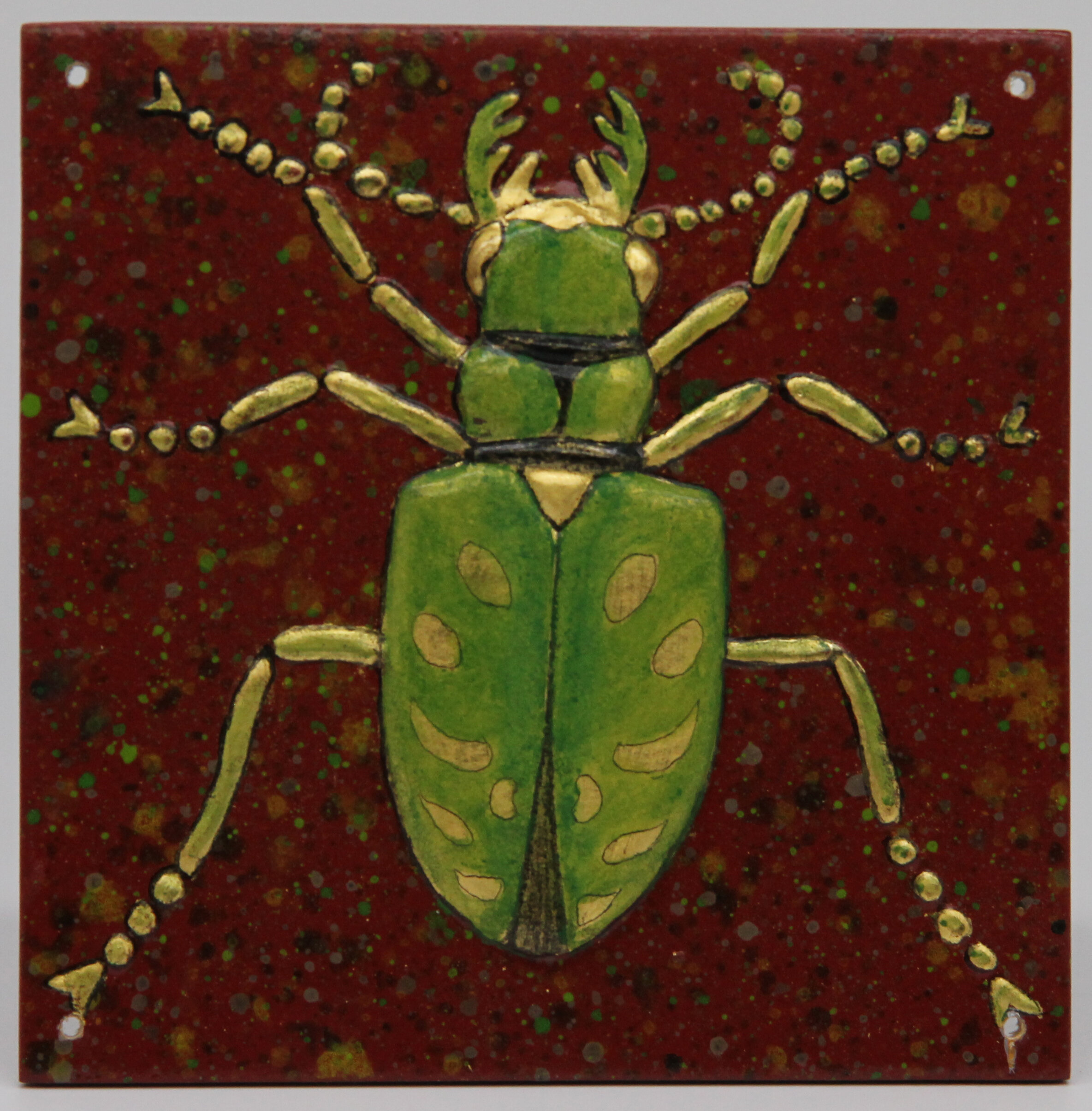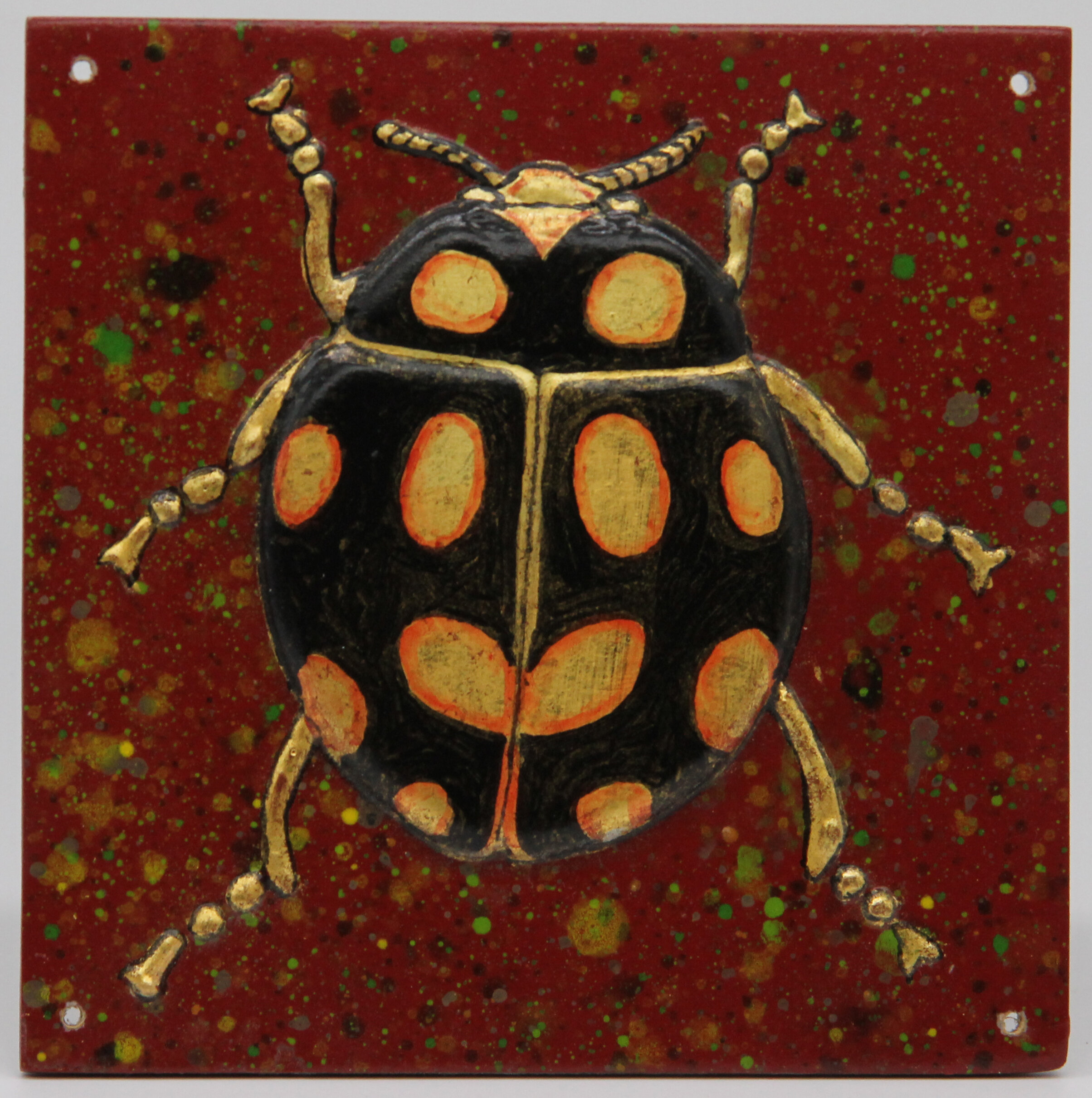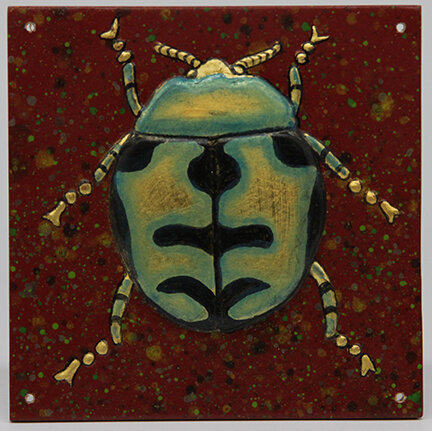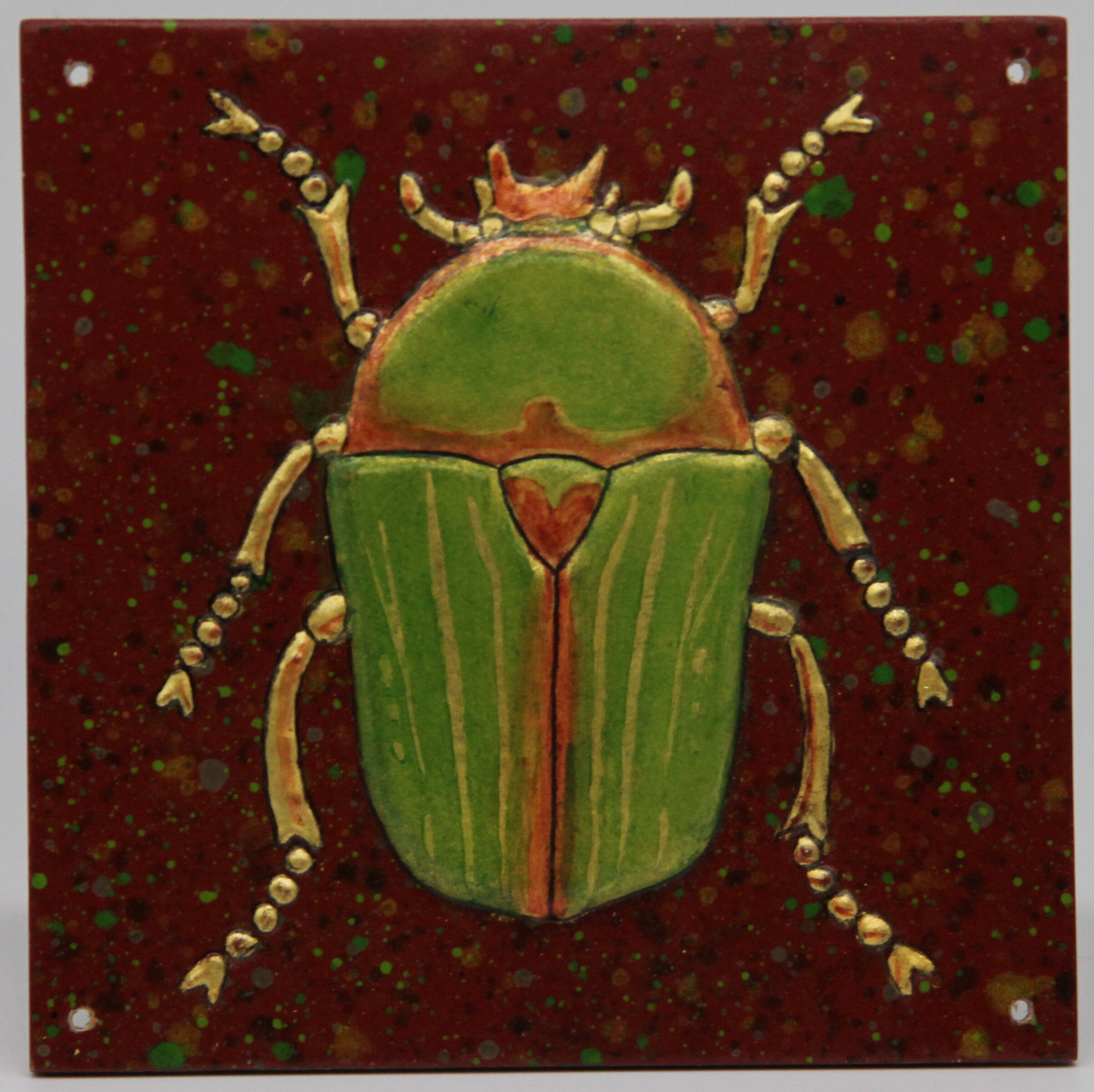Weed or flower!
When is weed a flower? When the viewer defines it as such.
I, like many amateur gardeners, take great pains to ensure my red trumpet flower plant flourishes but go to even greater lengths to remove the blue Morning Glory weed.
This odd behavior takes on an irrational element when it comes to the garden at my workshop, as here, I have planted and am nurturing an orange variant of Morning Glory that I look upon as a beautiful flower. Clearly what we define as a weed is completely subjective and arbitrary.
Hot Patinas on bronze
Patinas by contrast are not irrational or subjective but driven by science.
When creating color on bronze we work with various nitrates which we apply to a piece pre-heated by blow torch to a temperature of 180 to 200⁰. The metal is first sand blasted and cleaned and the liquid oxide is then either brushed or sprayed onto the hot surface. Heating the metal enhances and accelerates the chemical reaction that occurs when the oxide is applied. Think of having a facial, the skin pores like the metal surface expands and this allows the nitrate to penetrate the surface. Upon contact the nitrate begins to break down and the oxygen becomes active and begins to react with the copper component of bronze to create a thin patina. The color of the resulting patina depends on the nitrate used with cupric nitrate for blue green hues and ferric nitrate for red orange tones.
As a rule of thumb, hotter temperatures will create more vibrant colors, and the process can be repeated once the surface is completely dry for a deeper richer color.
The hot patina adds color and durability when sealed with a UV resistant lacquer or wax. While these sealants help maintain the color of the patina, as with any finish, environmental pollutants like sulfur, chloride and cleaning fluids can reduce their effectiveness and can cause the patina to change.







